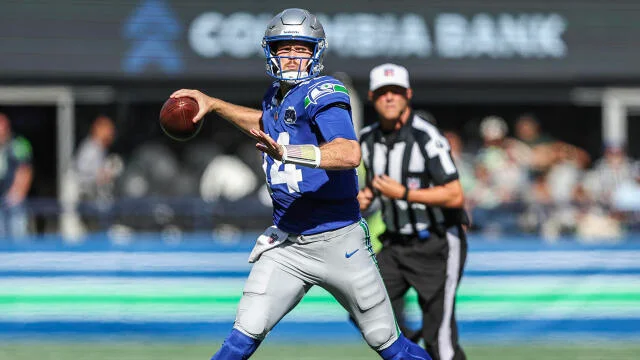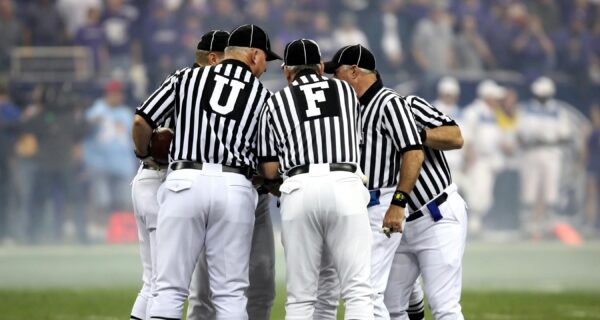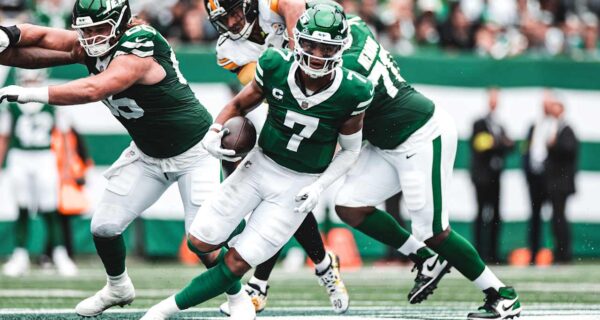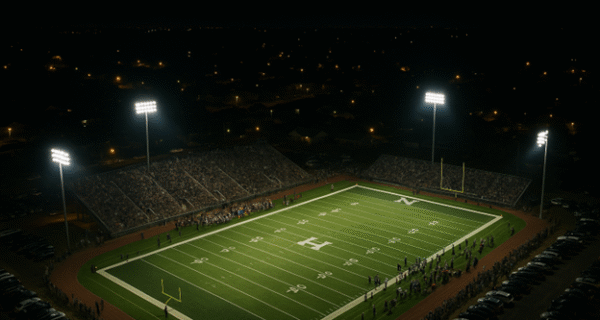Weather conditions significantly affect NFL games, creating moments that smart daily fantasy sports (DFS) players can exploit for strategic advantage. While many factors influence DFS performance, weather remains one of the most underutilized yet impactful variables for outdoor venue contests.
The fundamental question isn’t whether weather affects NFL play, it’s understanding the specific impacts and adjusting DFS strategies accordingly. Weather effects aren’t just marginal considerations; they create measurable differences in scoring patterns that can shift entire game dynamics.
For DFS players seeking comprehensive weather analysis and strategic recommendations, platforms like Roto Grinders provide detailed player projections across multiple contest formats including Best Ball, Pick’em games, and traditional snake drafts. Click here to explore their full range of DFS tools that incorporate weather data into player valuations, helping users make informed lineup decisions for outdoor games.
Wind: The Primary Weather Disruptor
Wind stands as the most significant weather factor affecting NFL outcomes, particularly in outdoor venues like Lambeau Field, which averages 12.4 mph winds—ranking as the second-windiest stadium in the league behind only Chicago’s Soldier Field.
When sustained winds reach 20+ mph, the impacts become dramatic. Research shows fantasy point output drops approximately 15-20% in windy conditions, with passing games suffering the most severe reductions. Teams shift dramatically toward ground-based attacks, creating enhanced rushing opportunities while simultaneously decreasing passing efficiency.
The data reveals that wind impacts are most pronounced on quarterbacks and wide receivers, who can experience 10-25% reductions in fantasy output when winds exceed 15 mph. Conversely, running backs often see slight increases in touches and opportunities as teams abandon vertical passing attacks.
Rain and Snow: Different Impacts, Similar Results
Precipitation creates varying effects depending on intensity and type. Light rain minimally impacts games, but moderate to heavy rainfall leads to measurable changes in scoring patterns.
Snow presents the most dramatic weather scenario. Games with snow conditions average 25% fewer total fantasy points per team compared to clear weather games. However, this reduction isn’t distributed evenly—passing output decreases by 10-15% while rushing output increases by more than 30%.
The combination of rain and cold temperatures proves particularly devastating for passing attacks, with 30% decreases in fantasy output recorded over the past decade when both conditions exist simultaneously.
Temperature Thresholds and Performance
Cold weather creates distinct performance patterns. Games played with temperatures below 40 degrees show approximately 5-10% reductions in overall fantasy output compared to warmer conditions. The threshold becomes more significant as temperatures drop—games below freezing often see dramatic shifts toward conservative, ground-based play-calling.
Heat also affects performance, though differently. Temperatures above 90 degrees negatively impact rushing attacks while having minimal effects on passing games. This creates opposite strategic considerations for DFS players depending on seasonal timing.
Stadium-Specific Considerations
Lambeau Field represents an ideal case study for weather impacts. As one of the coldest and windiest venues in the NFL, Green Bay’s outdoor conditions create predictable patterns. The facility’s exposure to northern Wisconsin weather systems means DFS players can often anticipate adverse conditions weeks in advance.
Historical data from Lambeau shows that when temperatures drop below freezing with moderate winds (8-10 mph), fantasy production shifts measurably toward rushing attacks while passing games struggle. Games in these conditions average 44.43 actual points compared to league averages of 45.52 points.
Strategic DFS Pivots for Weather Conditions
Weather creates clear opportunities for DFS construction. In adverse conditions, particularly wind and precipitation, running backs become significantly more valuable while pass-catchers lose appeal. This shift isn’t subtle—data shows running backs can gain nearly five fantasy points in mean performance as rain severity increases.
Aaron Jones exemplifies an ideal weather-game target. During his Green Bay tenure, Jones demonstrated exceptional performance in adverse conditions, averaging 5.0 yards per carry in windy games with consistent touchdown production. His combination of power running and pass-catching ability made him particularly valuable when weather forced conservative game plans.
The strategic approach involves identifying running backs on teams likely to abandon passing attacks in favor of ground control. Players who handle both early-down work and goal-line carries become exponentially more valuable as weather deteriorates.
Quantifying Weather Impact Significance
The data reveals weather impacts are far from marginal. Wind speeds above 25 mph can justify benching even reliable quarterbacks and wide receivers due to production decreases exceeding 10%. Snow games show even more dramatic shifts, with some contests seeing complete strategic overhauls toward rushing-dominant approaches.
Completion percentages drop 2.3 percentage points in light rain and 3.4 points in moderate rain. These seemingly small changes compound across entire games, creating significant scoring variations that sharp DFS players can exploit through proper roster construction.
Weather conditions particularly affect deep passing games, with vertical routes becoming virtually impossible in severe wind conditions. This limitation forces offenses toward shorter, more conservative approaches that favor running backs and tight ends over wide receivers.
Practical Application for DFS Success
Successful weather-based DFS strategy requires monitoring forecasts early in the week, then adjusting roster construction accordingly. When severe weather appears likely for outdoor venues, pivoting toward ground-based stacks becomes essential rather than optional.
The most effective approach involves targeting running backs from teams with historically conservative coaching staffs and strong offensive lines. These combinations provide the highest probability of increased touches when weather forces strategic shifts away from passing attacks.
Weather represents a significant, quantifiable factor in NFL DFS performance that creates measurable advantages for prepared players. While not every weather condition dramatically alters game flow, understanding when and how to pivot based on forecasted conditions provides crucial edges in competitive DFS formats.
Smart players monitor weather patterns as carefully as injury reports, recognizing that atmospheric conditions can shift entire game scripts and create exploit-able inefficiencies in player pricing.












